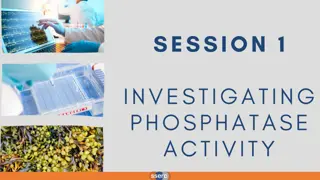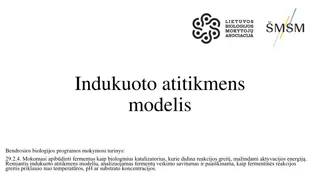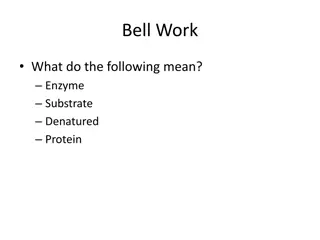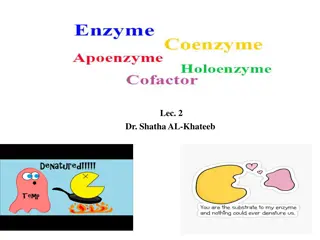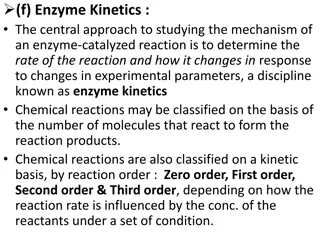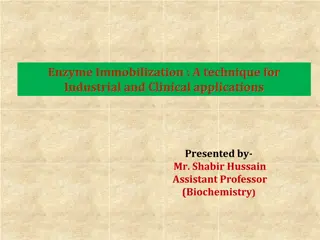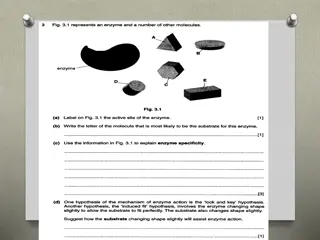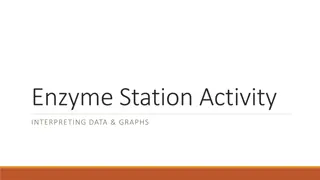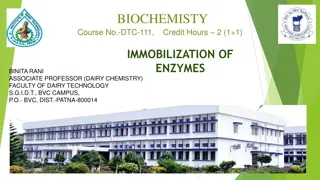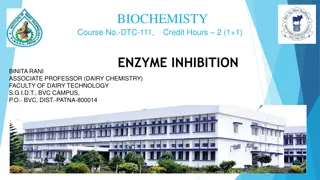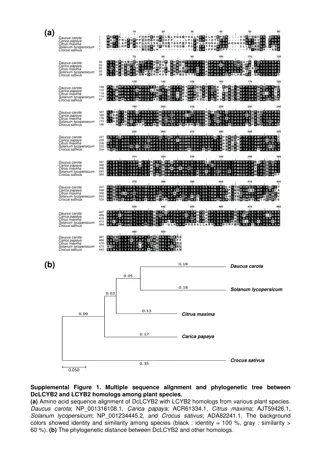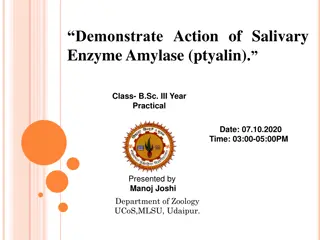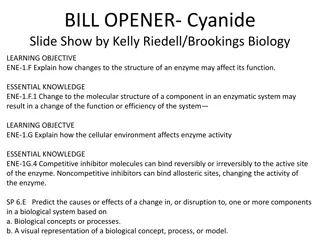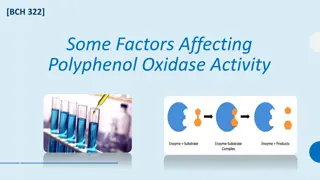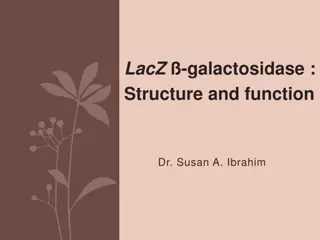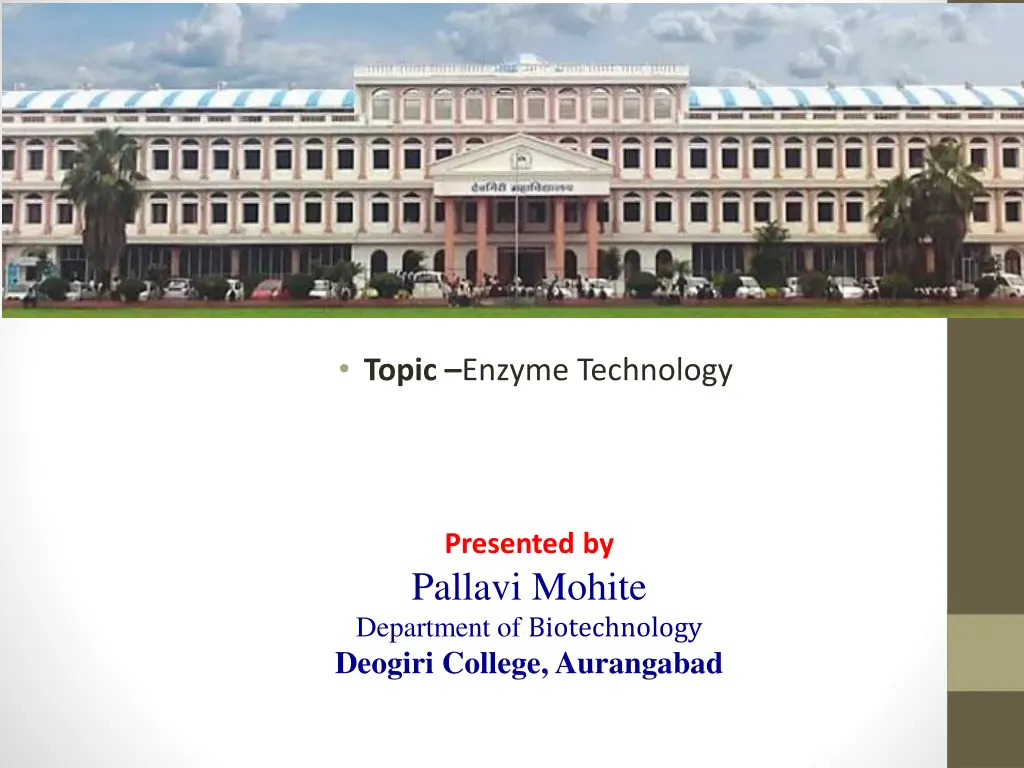
Insights into Enzyme Technology: Applications and Methods
Discover the world of enzyme technology with insights presented by Pallavi Mohite from the Department of Biotechnology at Deogiri College, Aurangabad. Learn about the sources of enzymes, why microbes are preferred, cell disruption methods, and types of disruption techniques used in this field.
Download Presentation

Please find below an Image/Link to download the presentation.
The content on the website is provided AS IS for your information and personal use only. It may not be sold, licensed, or shared on other websites without obtaining consent from the author. If you encounter any issues during the download, it is possible that the publisher has removed the file from their server.
You are allowed to download the files provided on this website for personal or commercial use, subject to the condition that they are used lawfully. All files are the property of their respective owners.
The content on the website is provided AS IS for your information and personal use only. It may not be sold, licensed, or shared on other websites without obtaining consent from the author.
E N D
Presentation Transcript
Topic Enzyme Technology Presented by Pallavi Mohite Department of Biotechnology Deogiri College, Aurangabad
Enzyme technology Class M.Sc. Biotech Pallavi Mohite Asst. Prof. DCA
Sources of enzymes Biologically active enzymes may be extracted from any living organism. A very wide range of sources are used for commercial enzyme production from Actinoplanes to Zymomonas, from spinach to snake venom. Of the hundred or so enzymes being used industrially, over a half are from fungi and yeast and over a third are from bacteria with the remainder divided between animal (8%) and plant (4%) sources. A very much larger number of enzymes find use in chemical analysis and clinical diagnosis. Non-microbial sources provide a larger proportion of these, at the present time.
Microbes are preferred to plants and animals as sources of enzymes because: 1. they are generally cheaper to produce. 2. their enzyme contents are more predictable and controllable, 3. reliable supplies of raw material of constant composition are more easily arranged, and 4. plant and animal tissues contain more potentially harmful materials than microbes, including phenolic compounds (from plants), endogenous enzyme inhibitors and proteases.
Cell Disruptio n Cell disruption is the process of obtaining intracellular fluid via methods that open the cell wall. The overall goal in cell disruption is to obtain the intracellular fluid without disrupting any of itscomponents The method used may vary depending on the type of cell and its cell wall composition. Irrespective of the method used, the main aim is that the disruption must be effective and the method should not be too harsh so that the product recovered remains in its active form.
Typesofcell disruption methods There are two types of cell disruption method which are following Mechanical methods Non Mechanicalmethods
Mechanical Methods Mechanical methods are those methods which required some sort of force to separate out intracellular protein without adding chemical or enzyme 1. Mortar & pastel/grinding 2. Blender 3. Bead beating 4. Ultra sonication 5. Homogenization 6. Osmotic shock
Osmotic shock A very useful technique for cell disruption. Disruption of cell takes place in presence of a buffer with a low osmotic pressure. Generally 20% sucrose solution is used to lower down the osmotic concentration. In such a buffer water from cells tend to flow outside the cells and organelles by osmosis. This promotes the lysis of cells and release of cell content. To further promote the distruction, organic solvent is added.eg 2% n- butanol
Mortar & Pestle Just give the cells a good old grinding. This does not have to be in suspension and is often done with plant samples frozen in liquid nitrogen. When the material has been disrupted, metabolites can be extracted solvents. by adding
Blend ers The use of blenders (high speed can be used to disrupt cell walls. This is the same process used by centrifugation, which separates or concentrates materials suspended in a liquid medium
Bead beating Glass or ceramic beads are used to crack open cells but this kind of mechanical shear is gentle enough to keep organelles intact. It can be used with all kinds of cells, beads to an equal amount of cell suspension and vortex just add
Ultrasonication Ultrasonic homogenizers work by inducing vibration in a titanium probe that is immersed in the cell solution. A process called cavitation occurs, in which tiny bubbles are formed and explode, producing a local shockwave and disrupting cell walls by pressure change. This method is very popular for plant and fungal cells but comes at a disadvantage: It s very loud and has to be performed in an extra room
Homogeni zation Liquid-based homogenization is the most widely used cell disruption technique for small volumes and cultured cells. Cells are lysed by forcing the cell or tissue suspension through a narrow space Homogenizers use shearing forces on the cell similar to the bead method. Homogenization can be performed by squeezing cells through a tube that is slightly smaller than beads beating.

